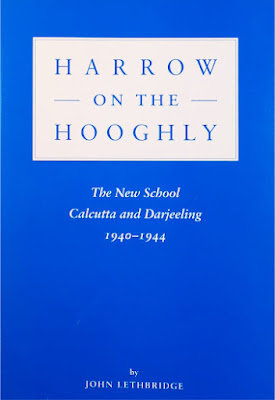The Royal Navy's Air Service in the Great War, by David Hobbs
The photographic content is fulsome, really very good, including many images I'd certainly never seen before despite my long time interest, of the aircraft, the new seaplane and flush deck aircraft carriers, including plentiful deck and hangar views, of experiments and trials, and of many of the main personalities. There are also maps, of varying use - there was one page in particular whose narrative discussed the conflict in the Eastern Mediterranean in some detail; but I looked in vain for many of the place names on the map provided on the same page. Not to worry: overall, the illustrations support the text very well indeed.
I have a few reservations, which may not be an issue for you. The first is the standard of the text. I'm sure that the writer's own standard of English is of a high standard, so the sheer quantity of mistakes is baffling. I'm sure they're typos, or I should say, the result of poor or non-existent proof reading. Long stretches of the text are fine; until you reach a passage which brings you to a halt while you figure out where adjustment or correction should have happened. A tiny example, from the chapter about Politics: "...Sueter should to able to communicate directly with staff officers..." That may not seem like much, but there's a lot of the same kind of thing.
The second is, I guess, a matter of taste. Hobbs writes at length about many parts of the story, and is always interesting. I'd known nothing about the projected plan to attack the High Sea Fleet in its harbour in 1918, just beaten to the line by the Armistice. Yes, that directly presaged Taranto and Pearl Harbor. He mentions that a Navy delegation went to Japan in 1921 with 6 Sopwith T.1s to teach the Japanese Navy how to attack warships with airdropped torpedoes, and telling them all about the wartime plan!
However, there are two topics I'd have liked to read much more about. One is the story of the RNAS fighter and bomber squadrons on the Western Front. True, much of that story has been told in other volumes. But the other is in my view criminally ignored, the work of John Porte and the Air Station at Felixstowe, which did so much to combat and reduce the U-boat menace. While the plan to attack the German fleet in its harbour, which never happened, has a chapter devoted to it, Porte only gets mentioned in passing.
Before those sound like major complaints, please let me say I'd never have felt those frustrations if I hadn't been so engaged by the book as a whole. Here was a subject I thought I was familiar with, but in the event found that there was a host of stories which I was unaware of, each worth a book in themselves.
- As already mentioned, the plan to use HMS Argus, the world's first true aircraft carrier, and other vessels, to attack the High Sea Fleet in its harbour.
- The part played by the Royal Navy in the gestation and development of both the armoured car and the tank, (at one time referred to as landships) and its use of armoured trains.
- The proliferation of inventive solutions devised to enable the operation of aircraft from ships.
- The widespread use of seaplanes in the Dardanelles campaign.
- The extent of airship operation and development by the Navy, far more than I'd ever imagined. My impression is that the RN made better use of airships than the Germans, but that's my opinion.
- The multiple attempts to attack Zeppelins in their sheds, as early as 1914. (The Friedrichshafen raid is a real Boy's Own story, starring the larger than life Noel Pemberton Billing - there's an exciting account of it in an Osprey book by Ian Castle)
...And so much more. If you have half an interest in the subject matter, the book is worth your while. The picture content as I say is superb. The bottom line is that David Hobbs writes with passion for his subject, with great respect for most of the Navy men involved, even as he admits their failings; and very little respect for those who took advantage of the pace of change in politics, technology, and the course of the war, to create the RAF as an almost entirely military rather than naval organisation. Before I read this book, I was blissfully neutral about the beginnings of the RAF. Hobb's analysis of the politics behind it is depressingly familiar to anyone who looks at how people behave in the corridors of power. Now, I find it hard to disagree with Hobbs' conclusion that the disbandment of the RNAS was wholly unnecessary and did long lasting harm to naval aviation, gifting the Royal Navy's long lead to the United States and Japan.




Comments
Post a Comment